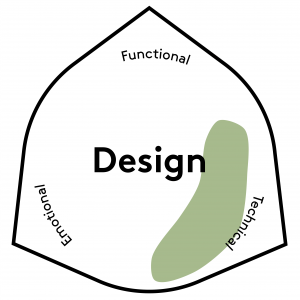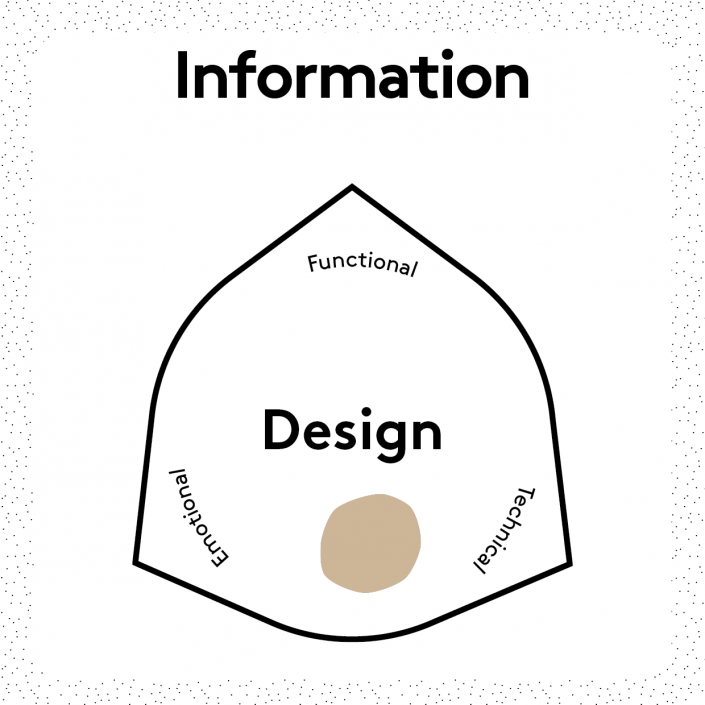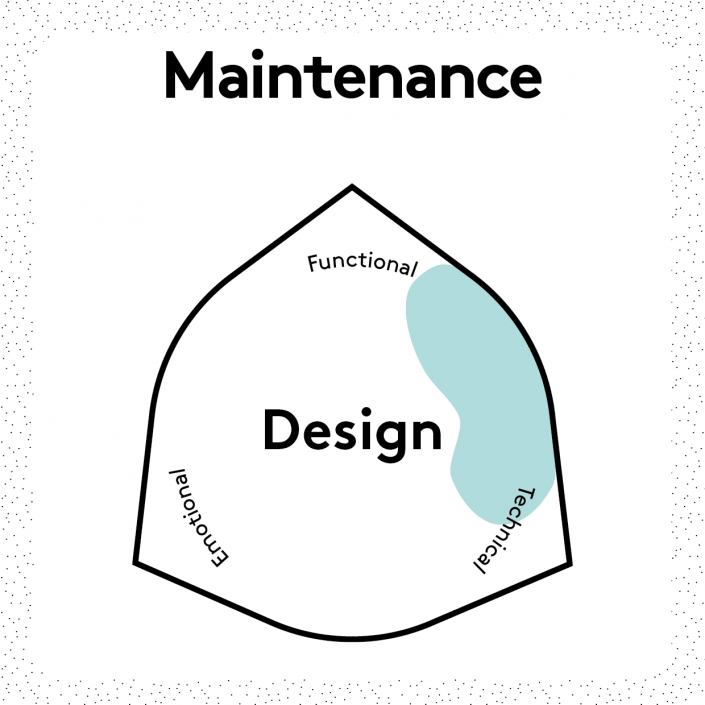What?
Action carried out on a deffective product by the user or by a specialist in order to restore its functionality.
Why?
Repair can prolong the product lifespan. It can be motivated by user economy, ideology and/or emotional attachment to a product.
Challenges
- User skills and motivation might be limited.
- It can be difficult to get hold of spare parts, and overall product structure might discourage repair initiatives
- The lack of economic incentives associated with inexpensive items may not motivate repair.
- The lack of knowledgeable specialists proposing repair services.
Examples
- Online communities for all types of repair is a growing phenomenon such as ifixit.com , while Repair Cafes bring people together physically around skills sharing and repair.
- The Restart Project teaches Londonians how to fix their items, and how to consume them in the first place.
Further Reading
Hernandez et al. (2020). Empowering Sustainable Consumption by Giving Back to Consumers the ‘Right to Repair’. Sustainability, 12(3), 850.
Laitala et al. (2018). Increasing Repair of Household Appliances, Mobile Phones and Clothing: Experiences from Consumers and the Repair Industry. Journal of Cleaner Production, 282, 125389.
Fletcher (2016). Craft of Use. Routledge.
Lefebvre et al. (2018). Towards a Circular Economy: Exploring Factors to Repair Broken Electrical and Electronics Products by Users with Pro-Environmental Inclination. Design Research Society, Limerick.








